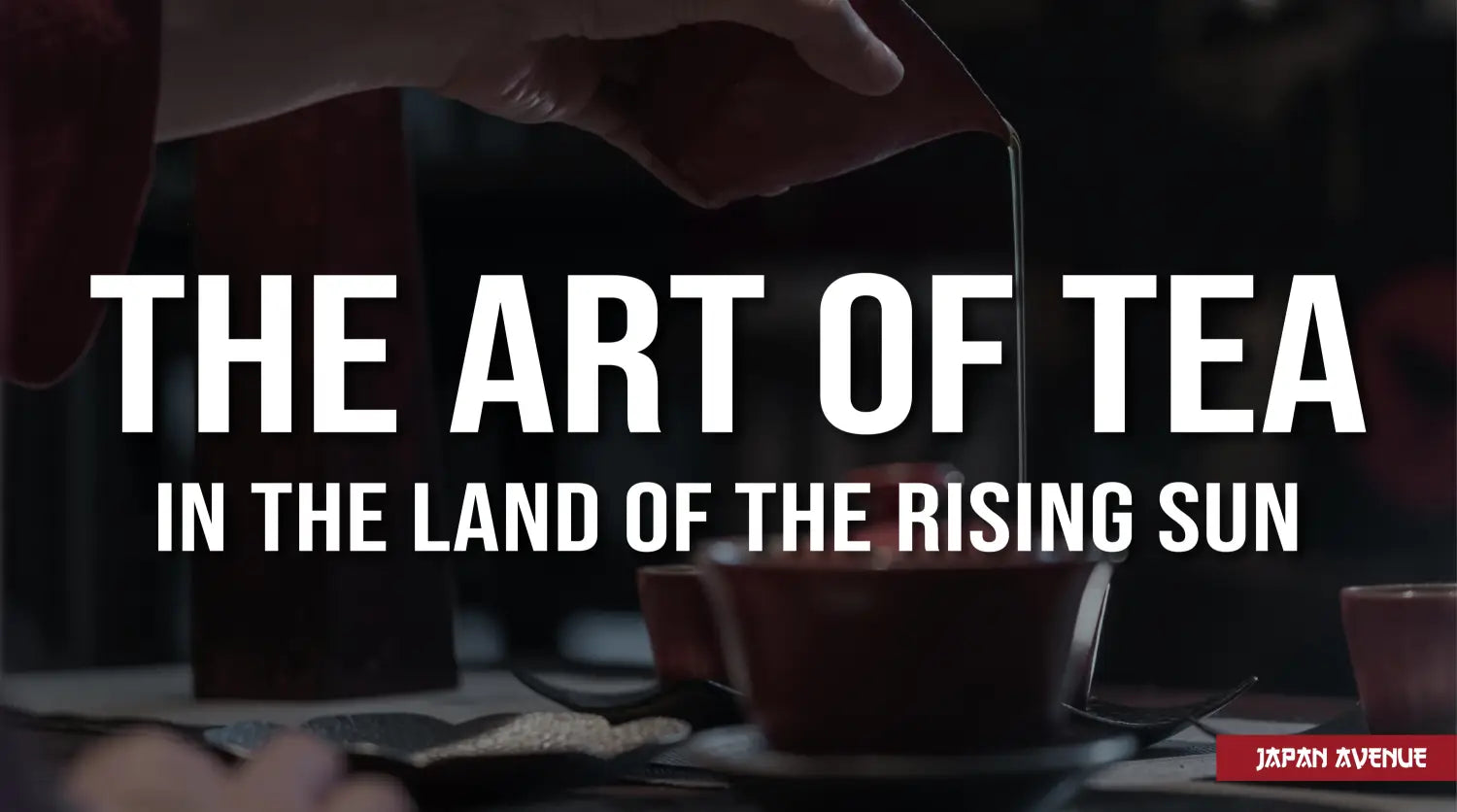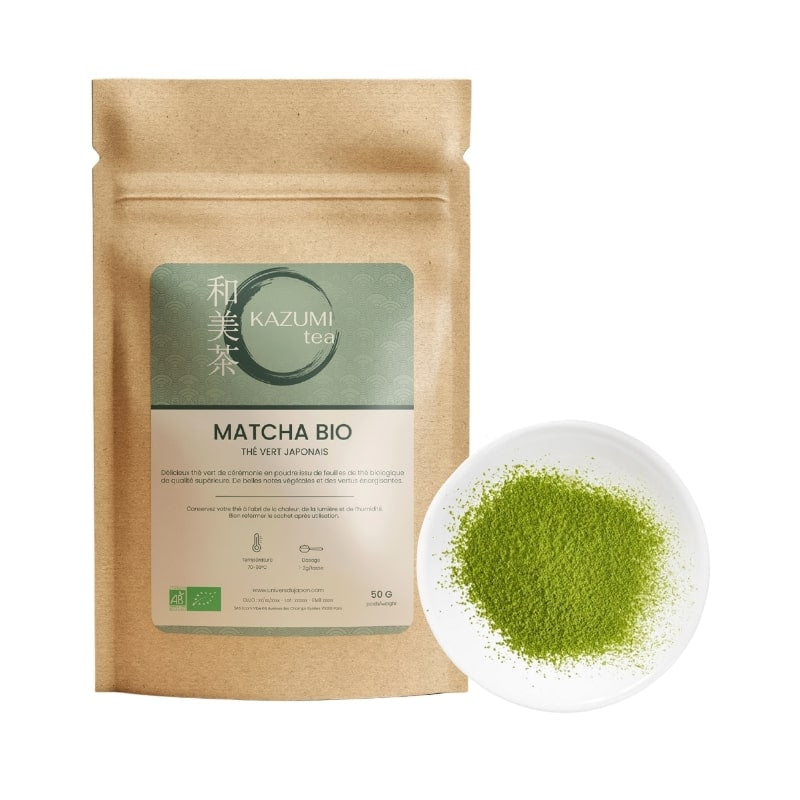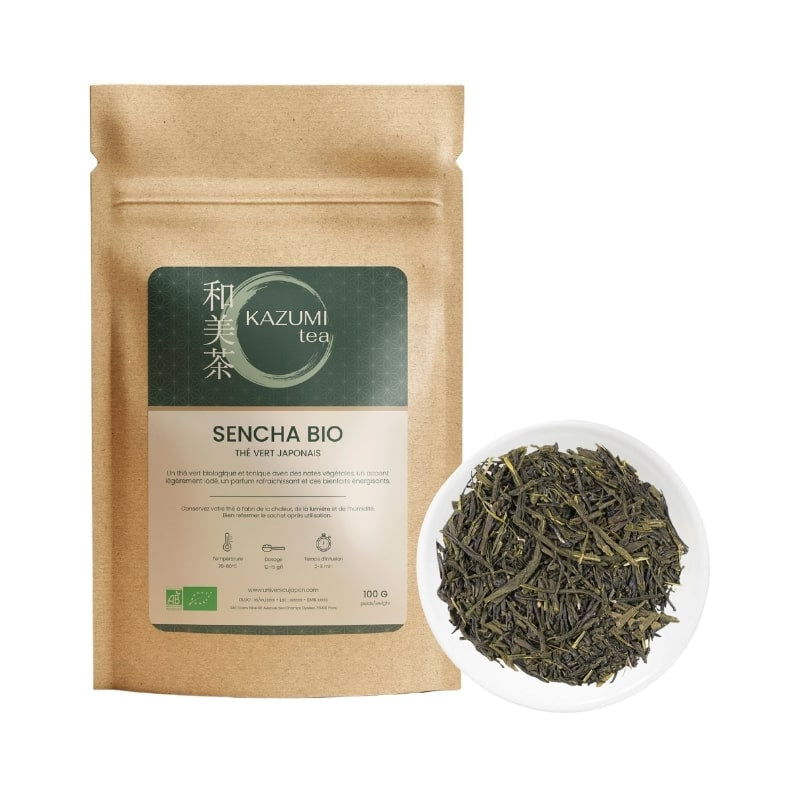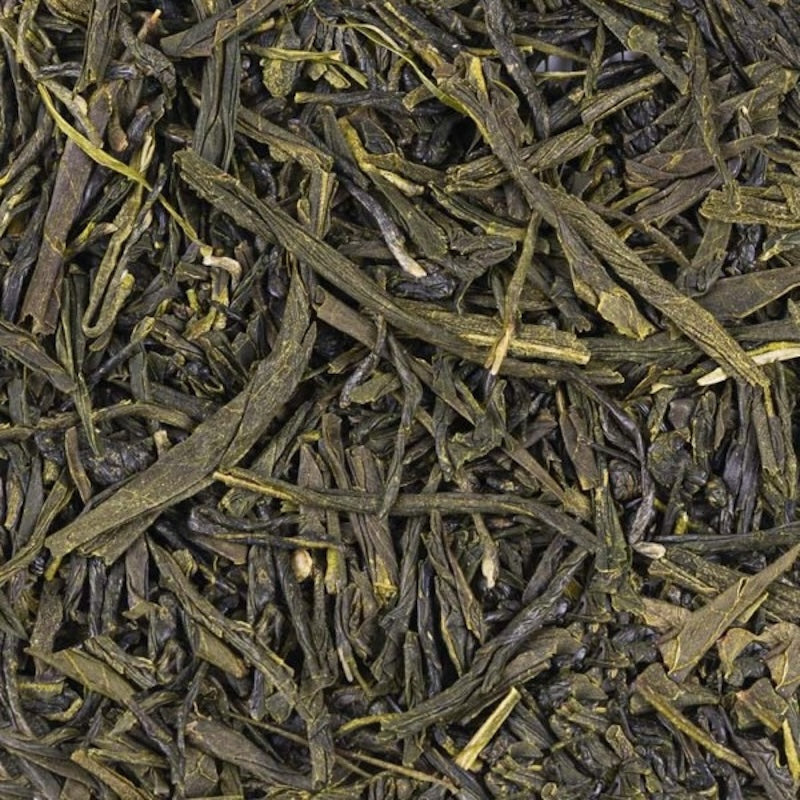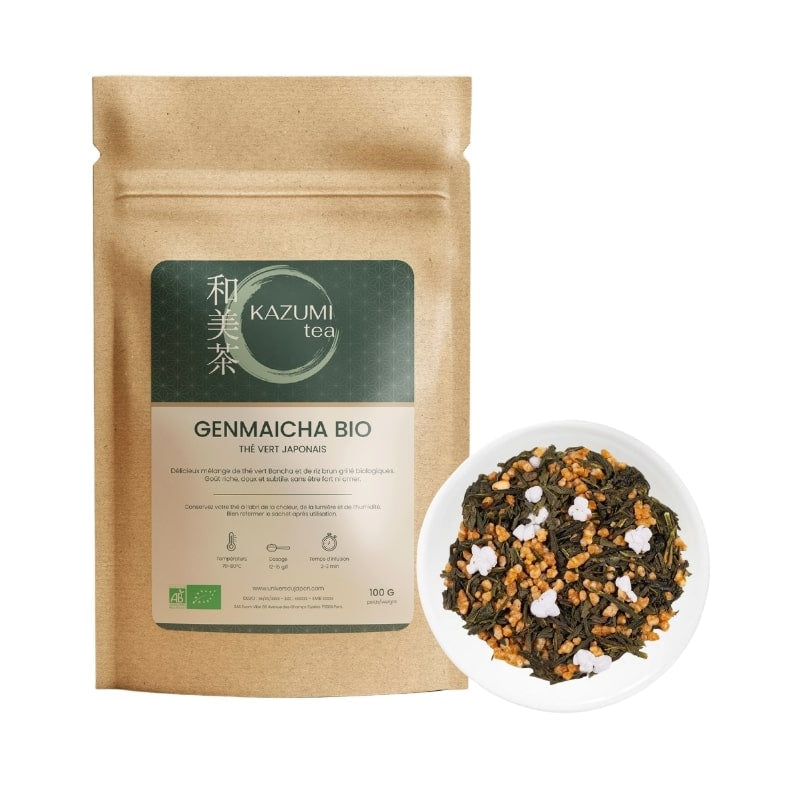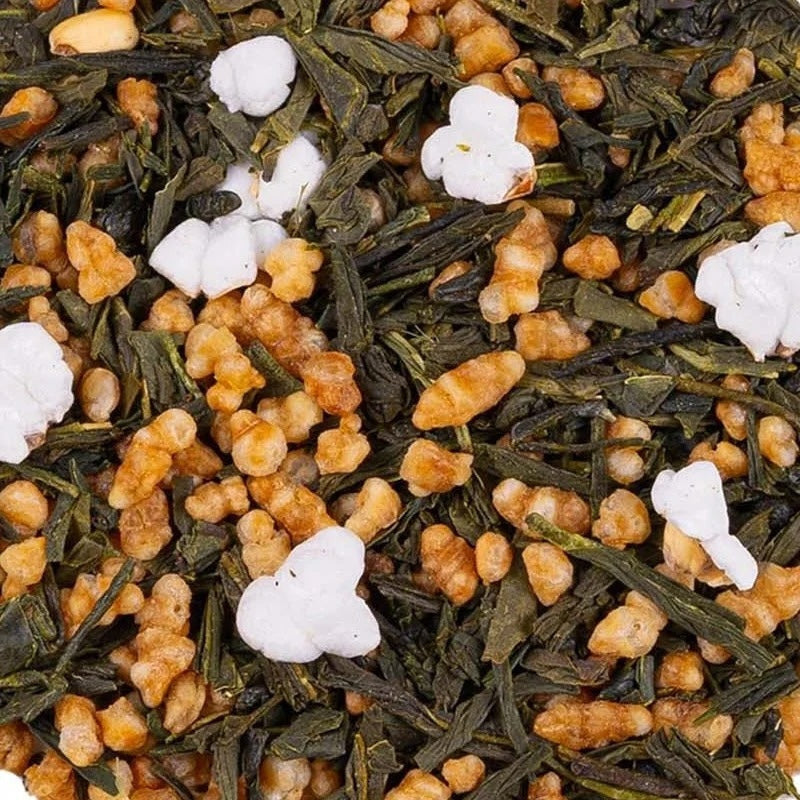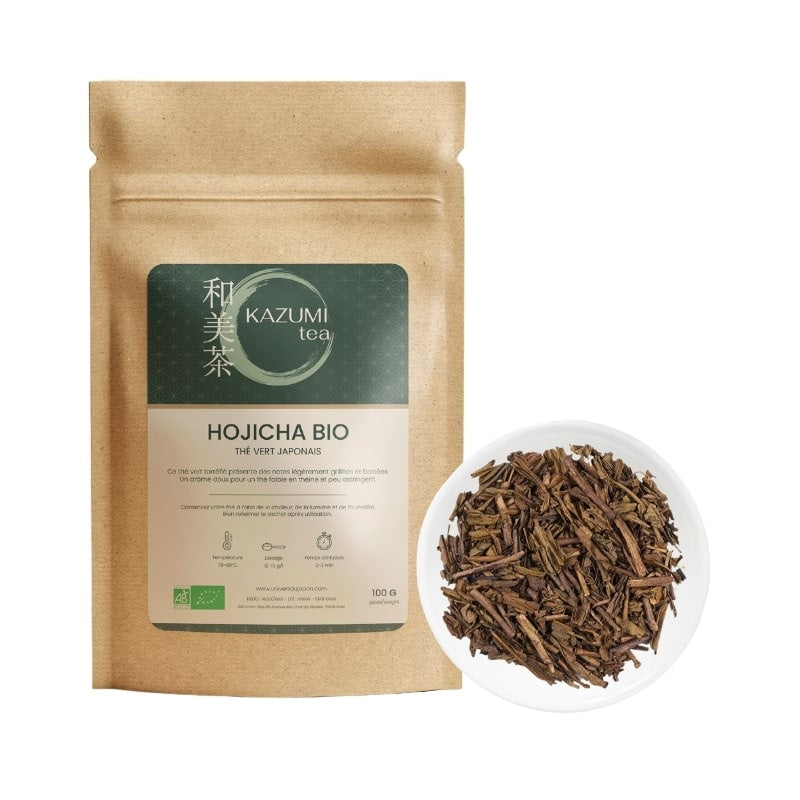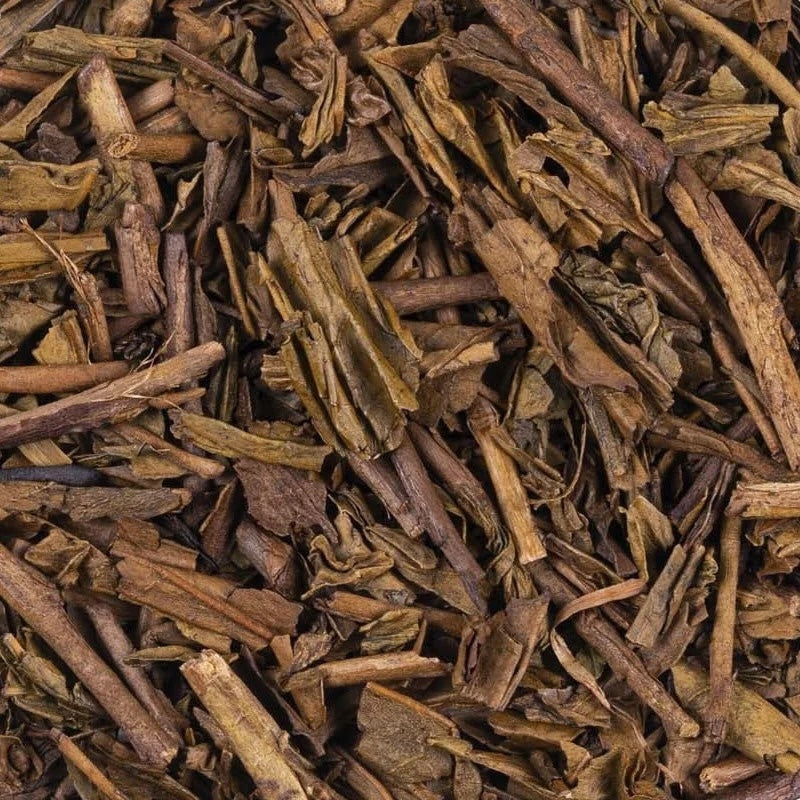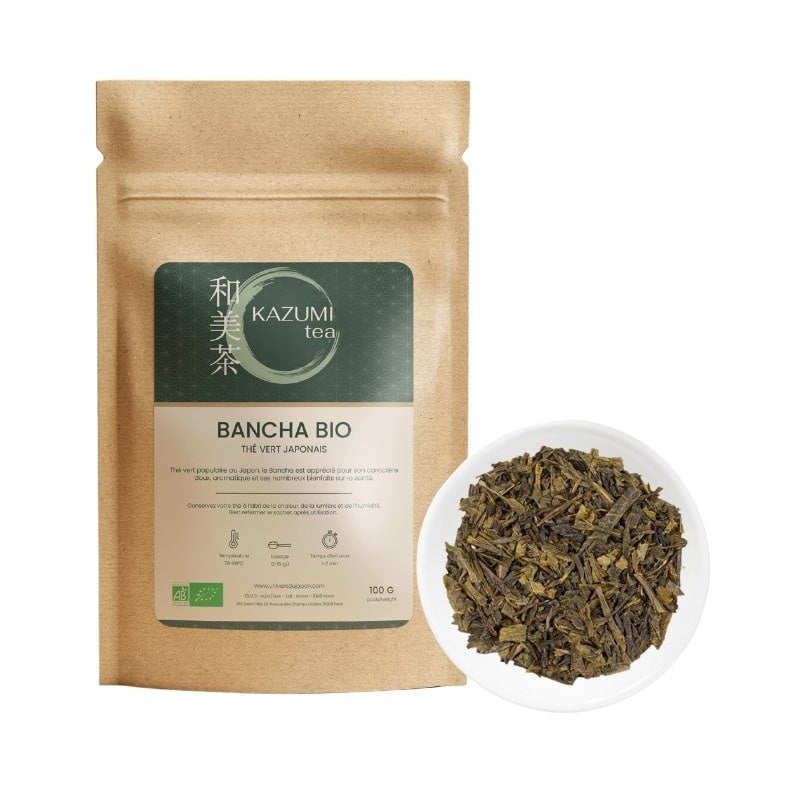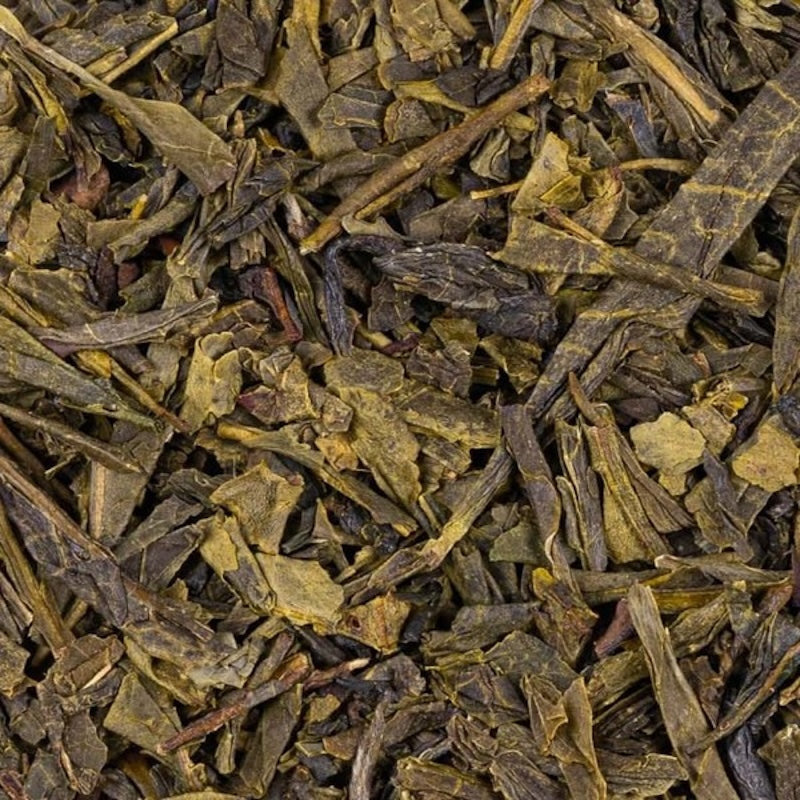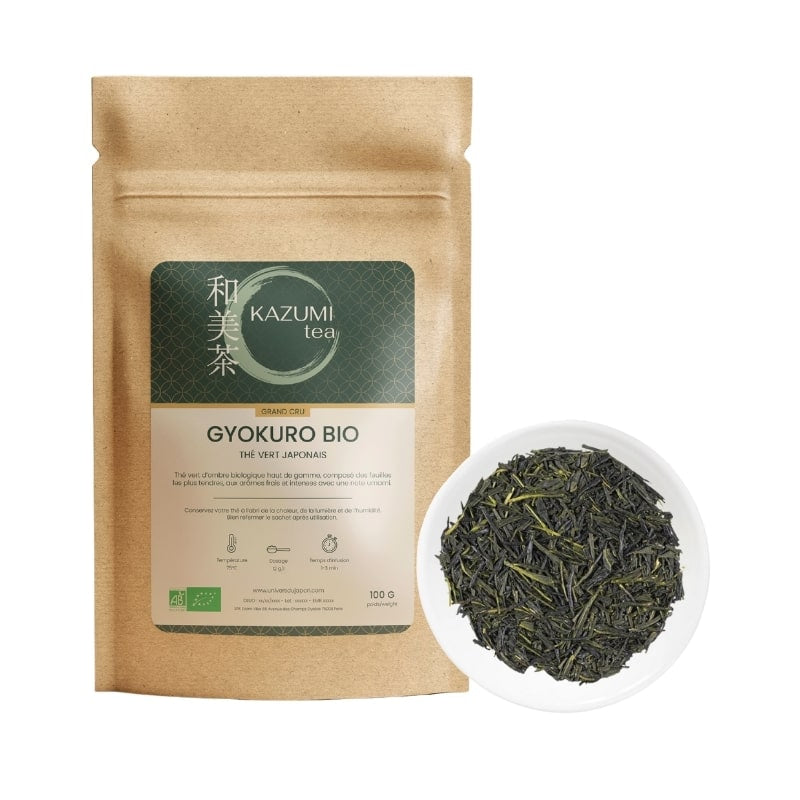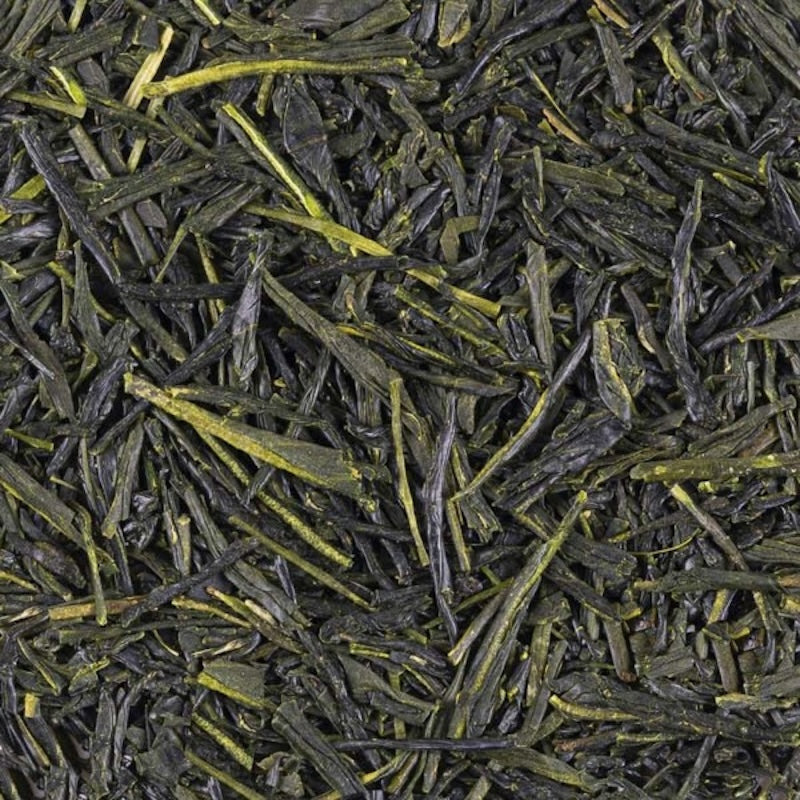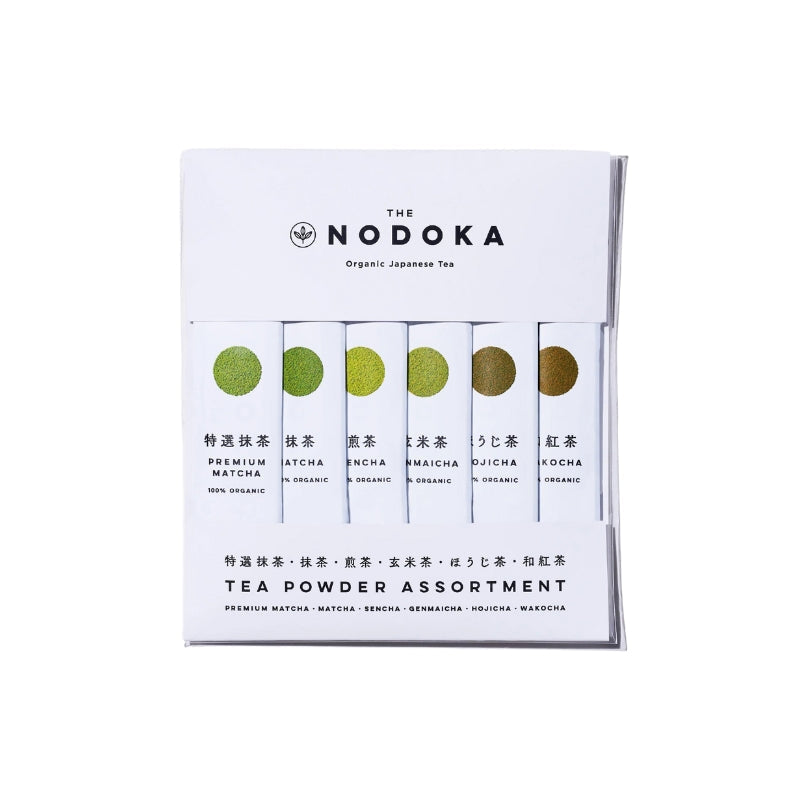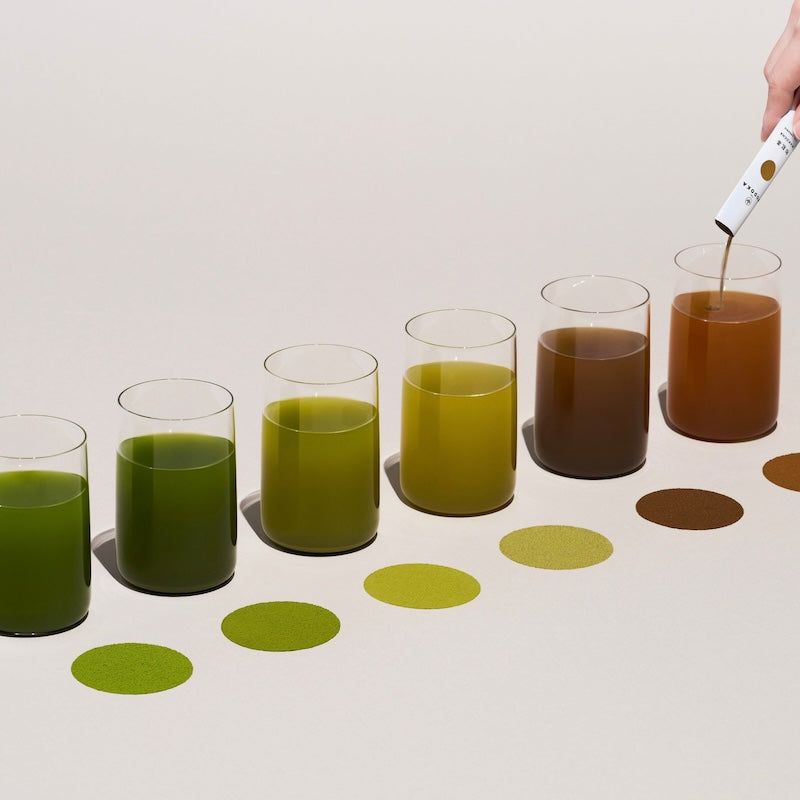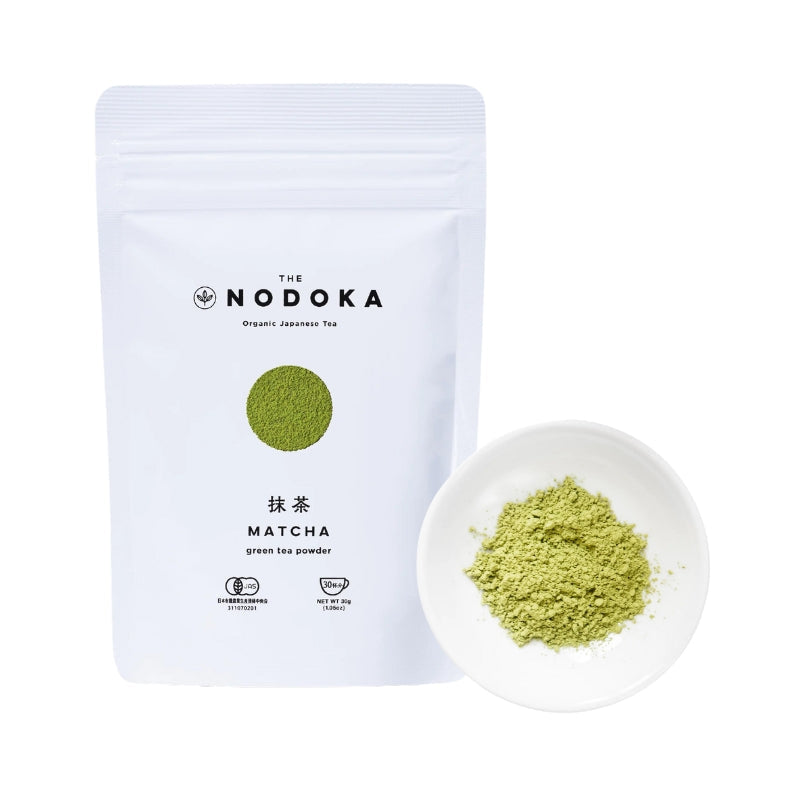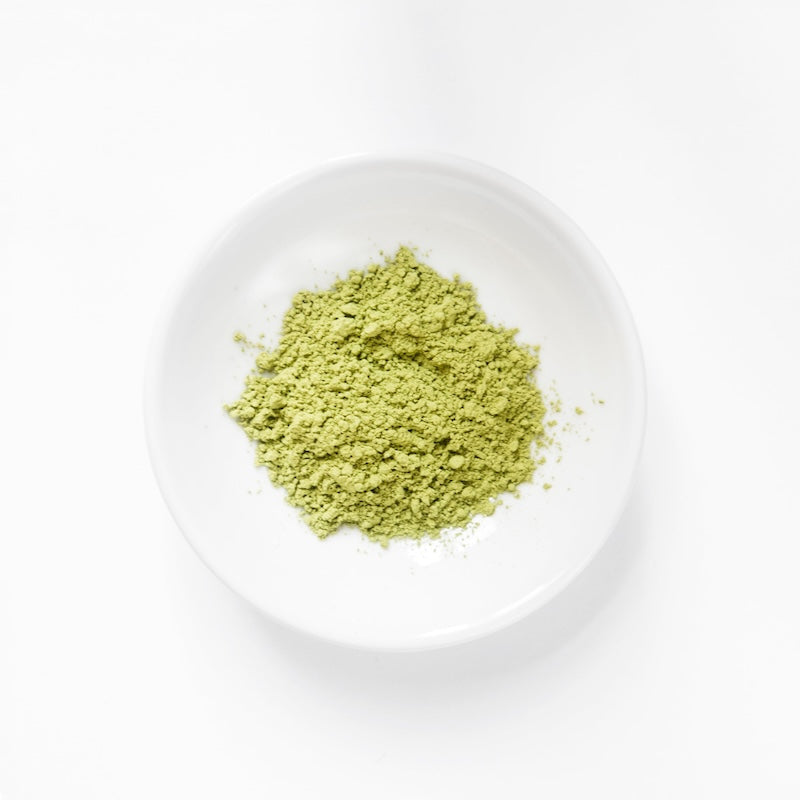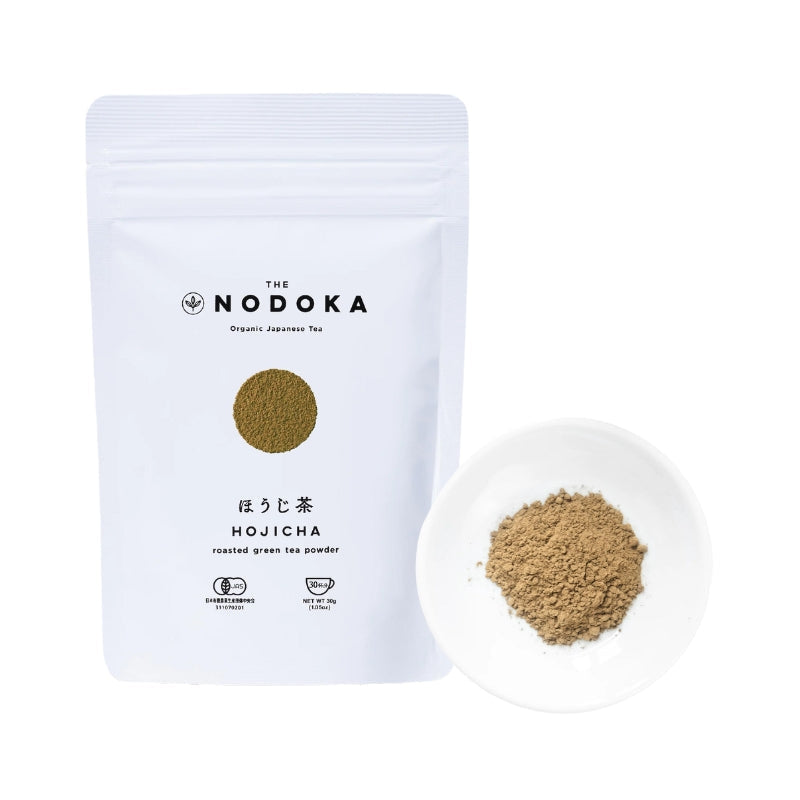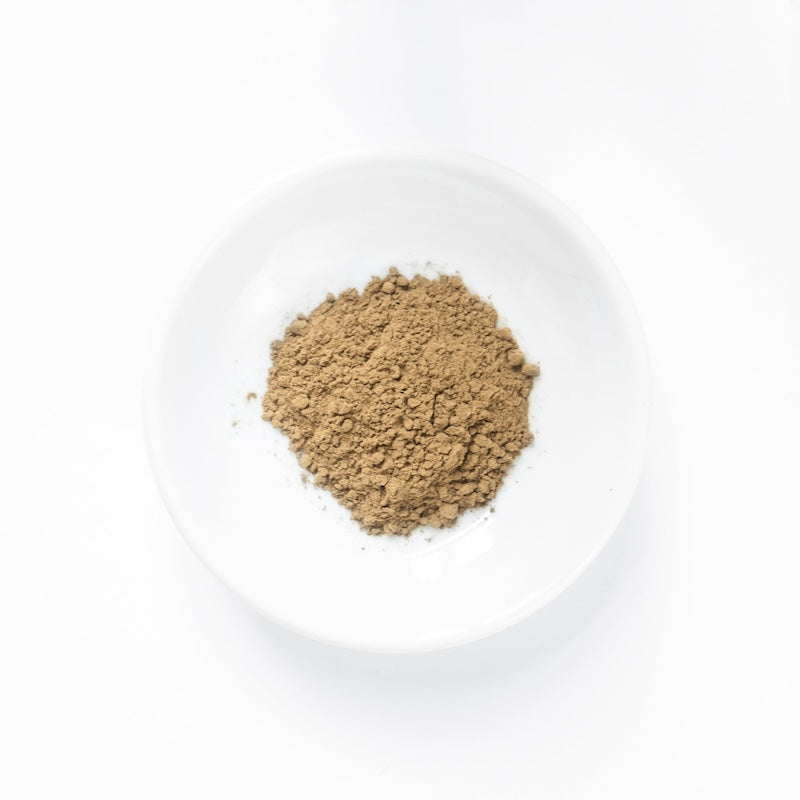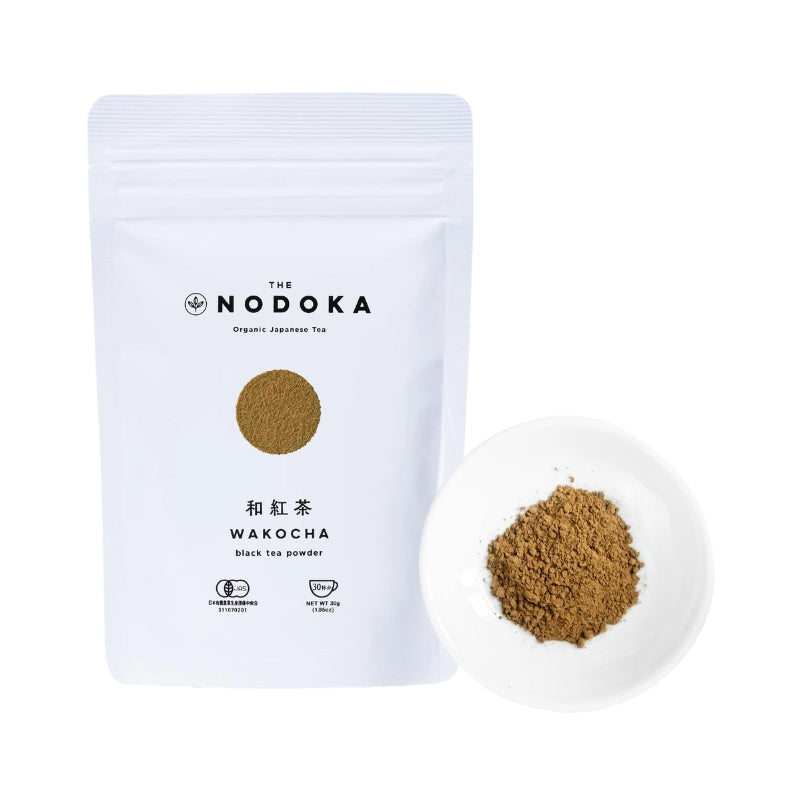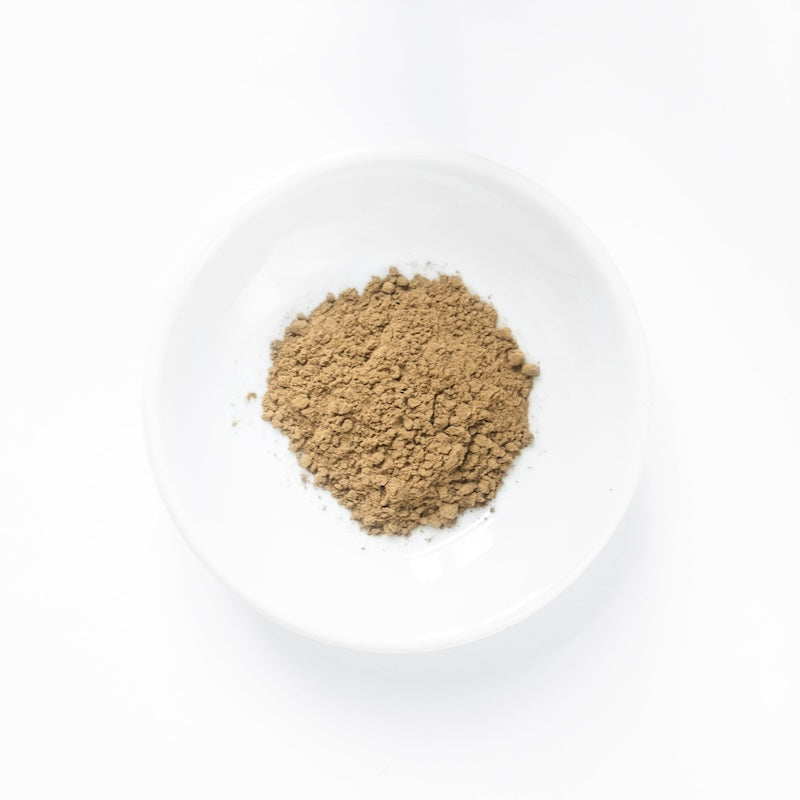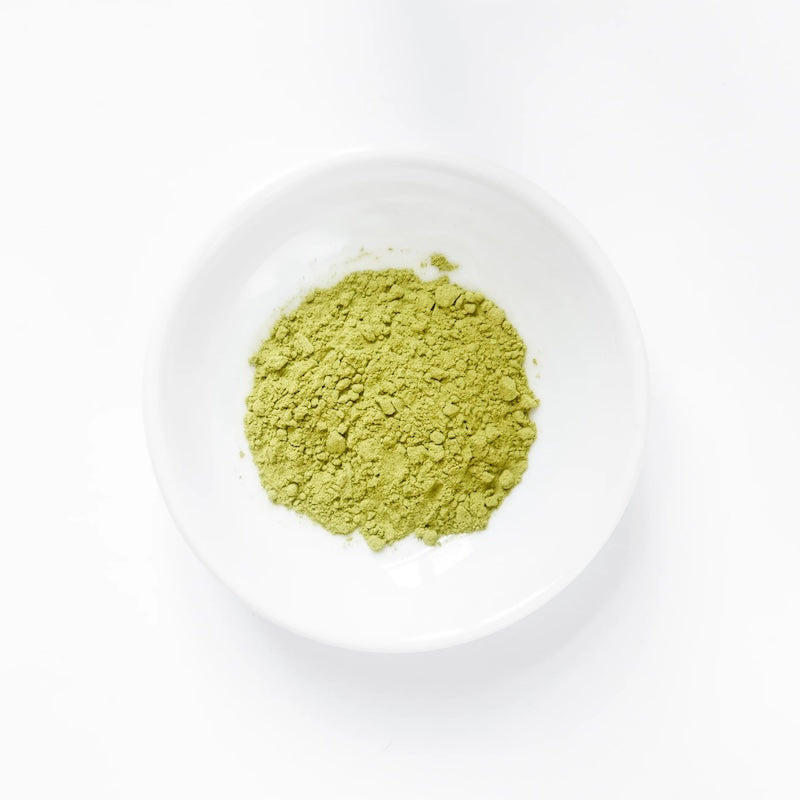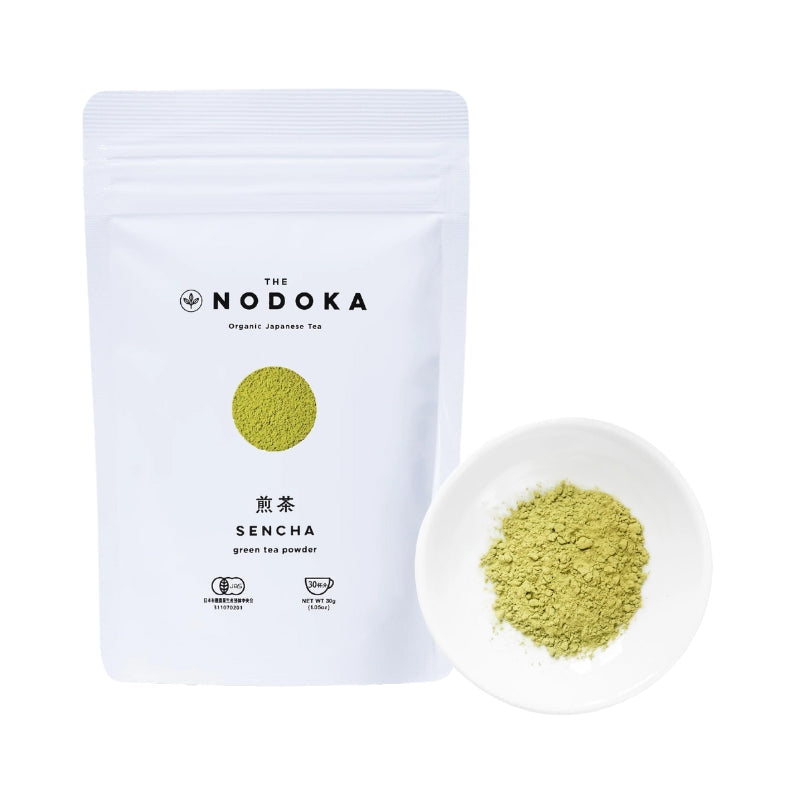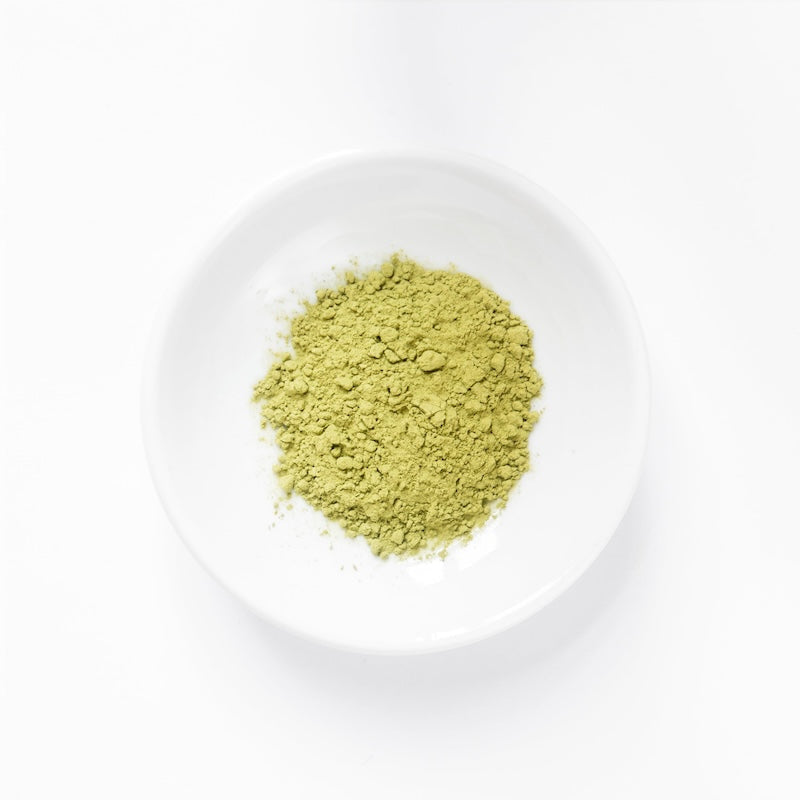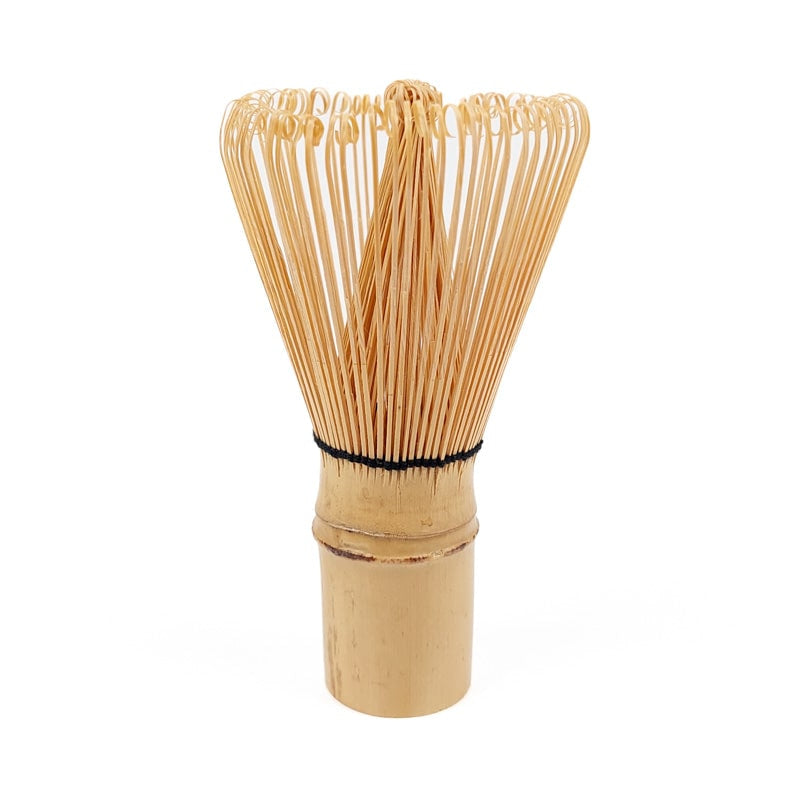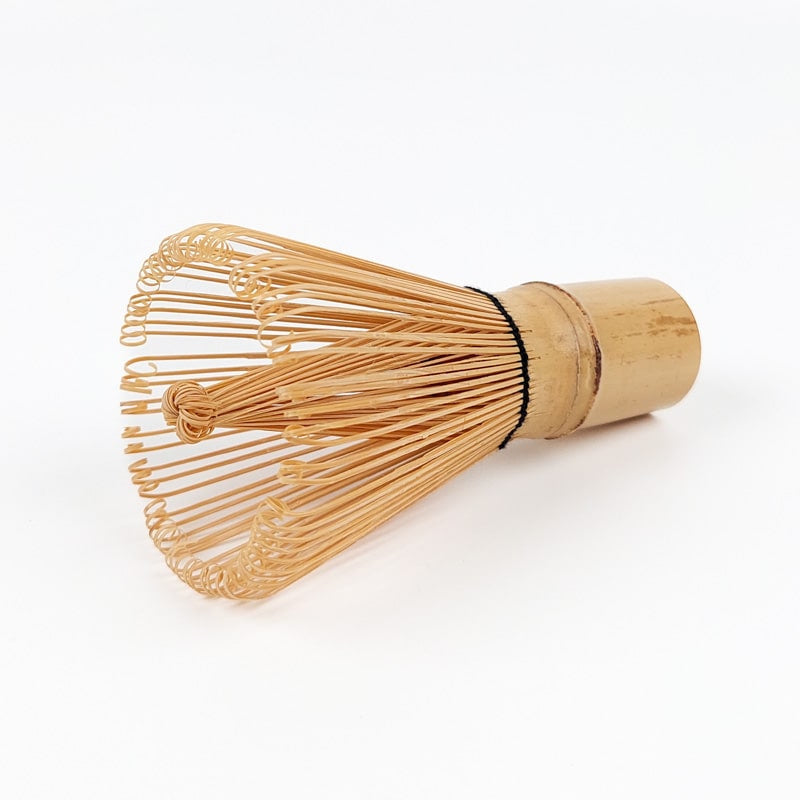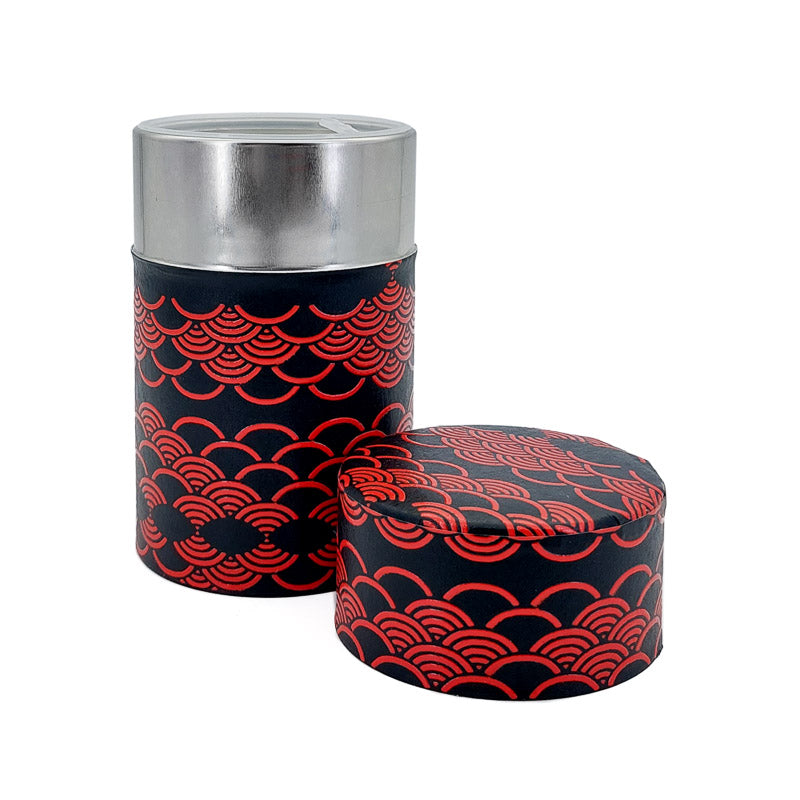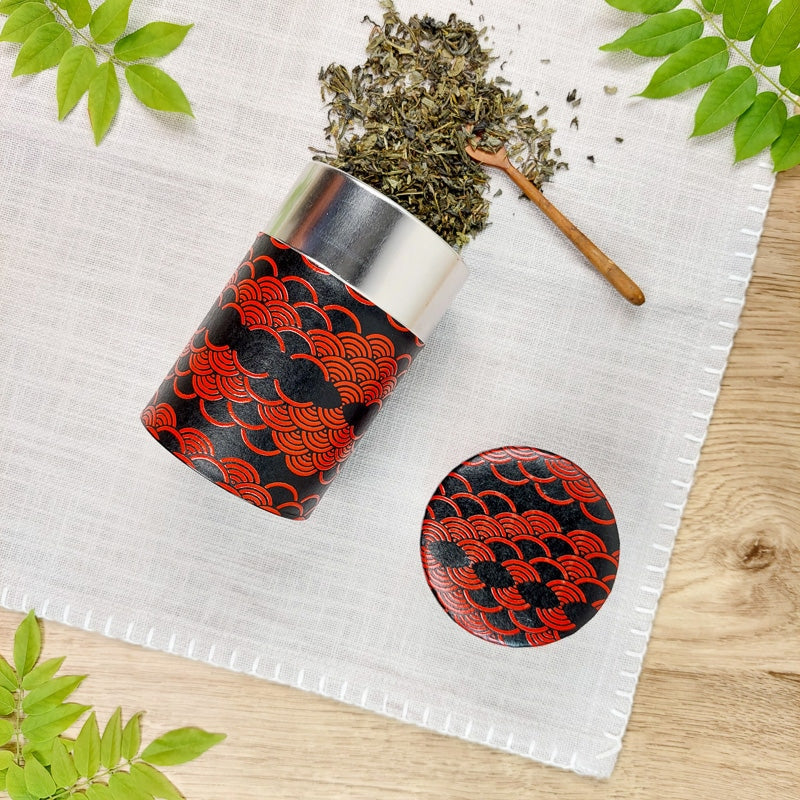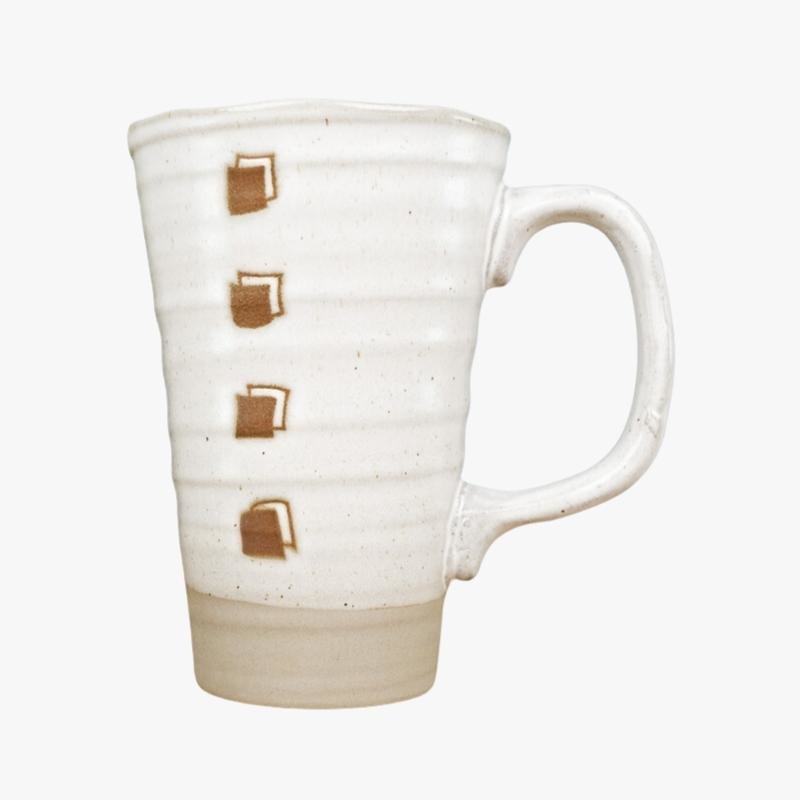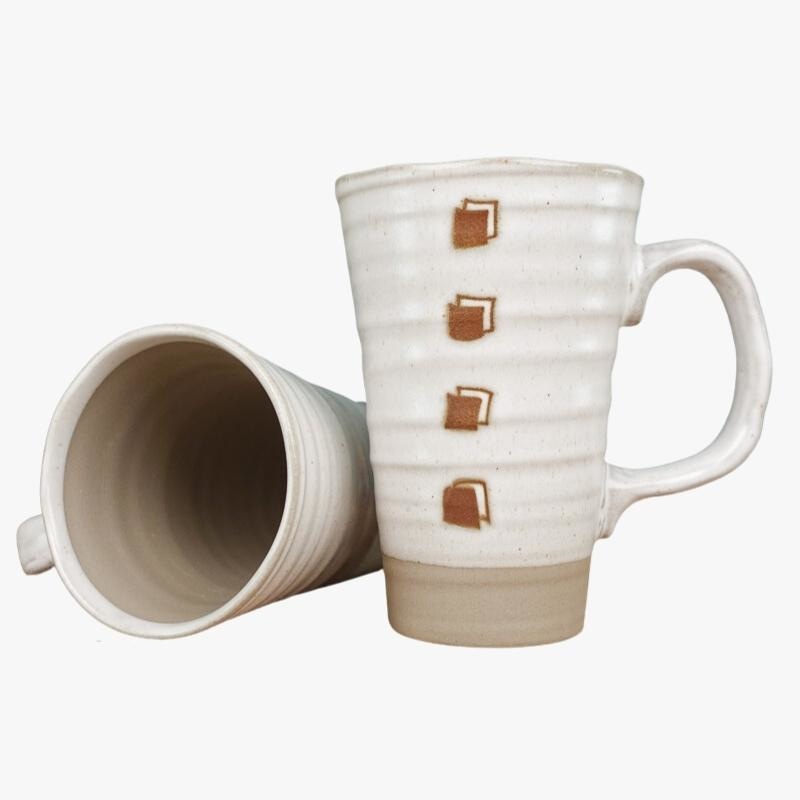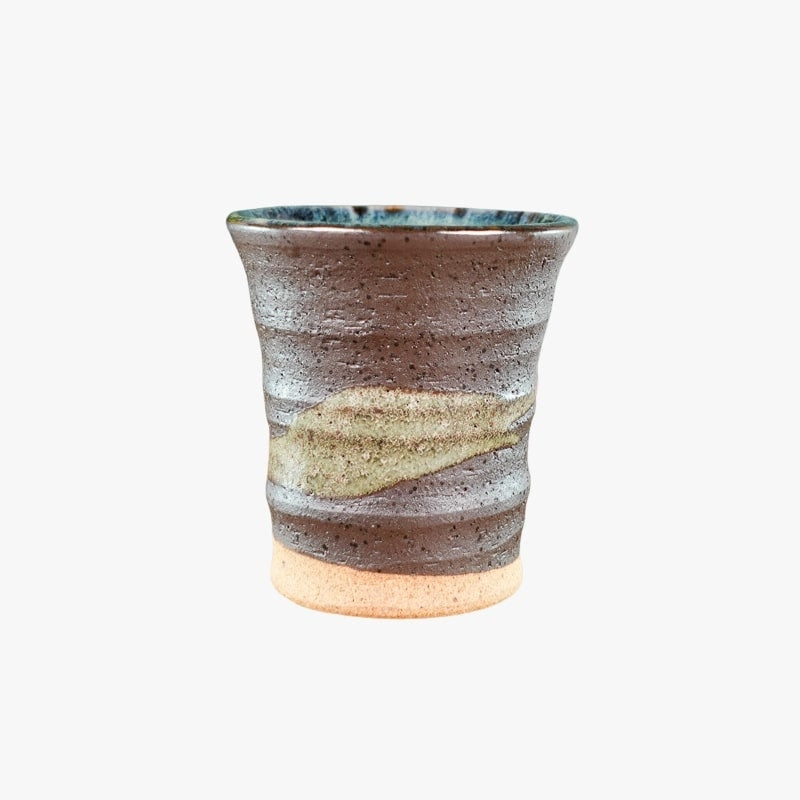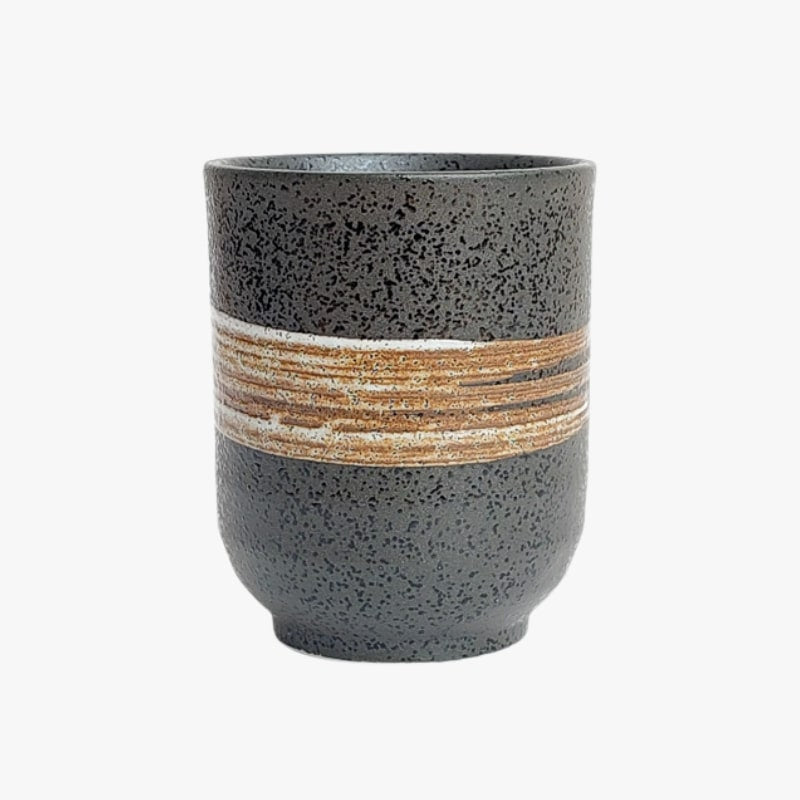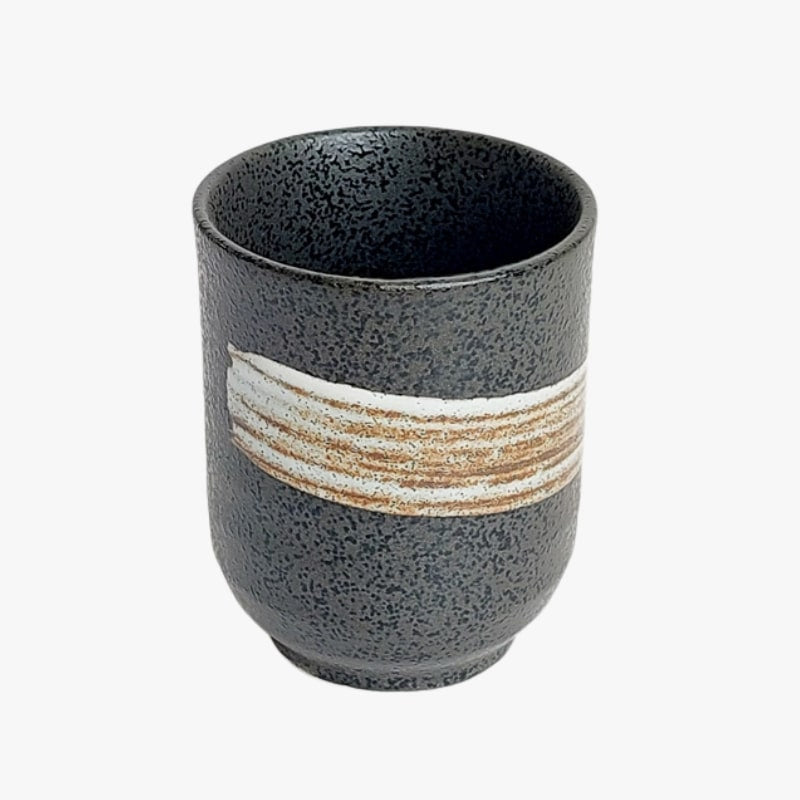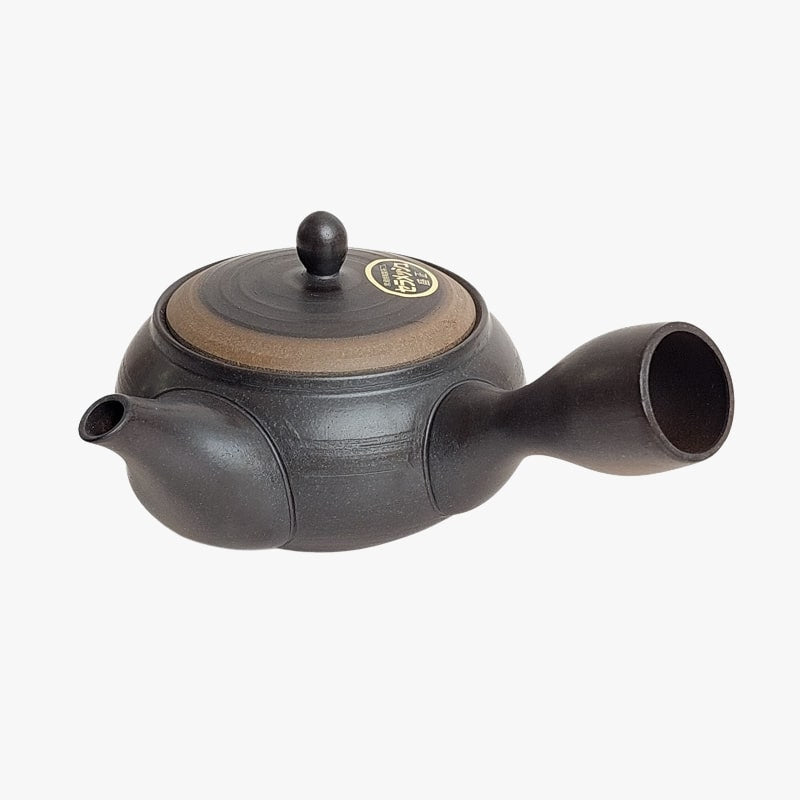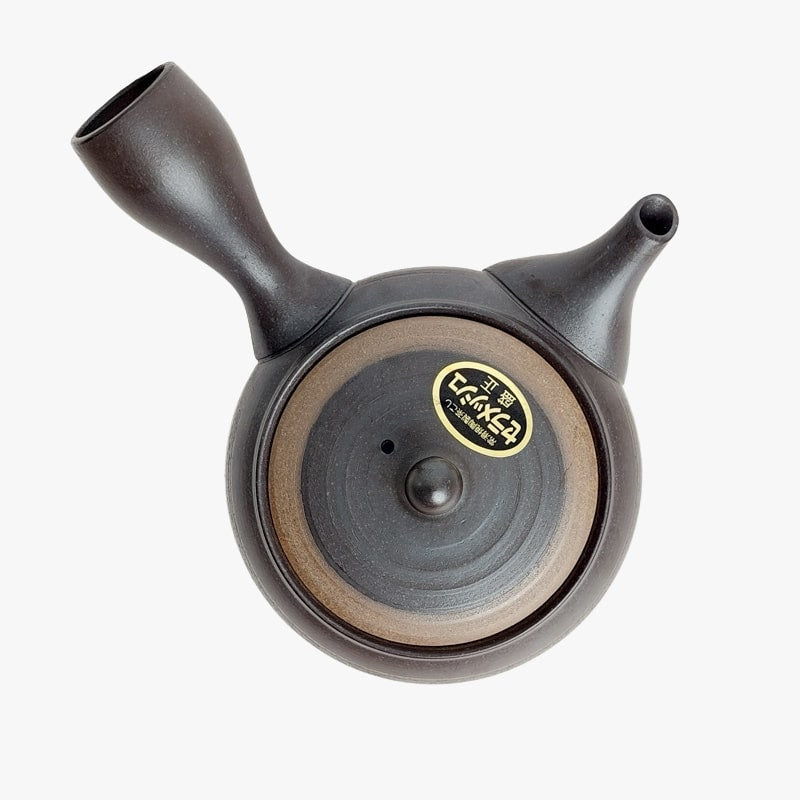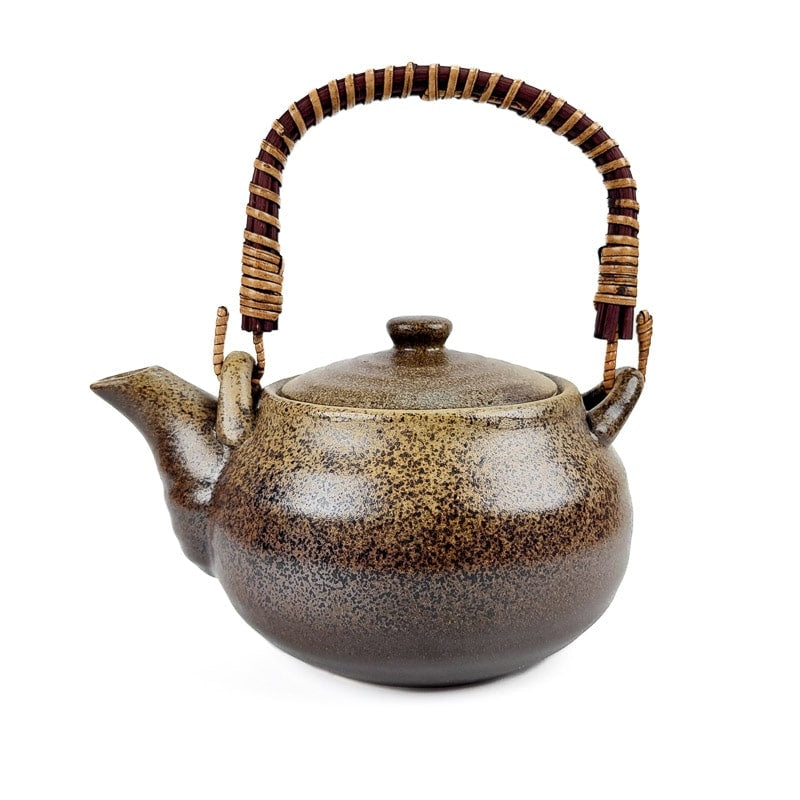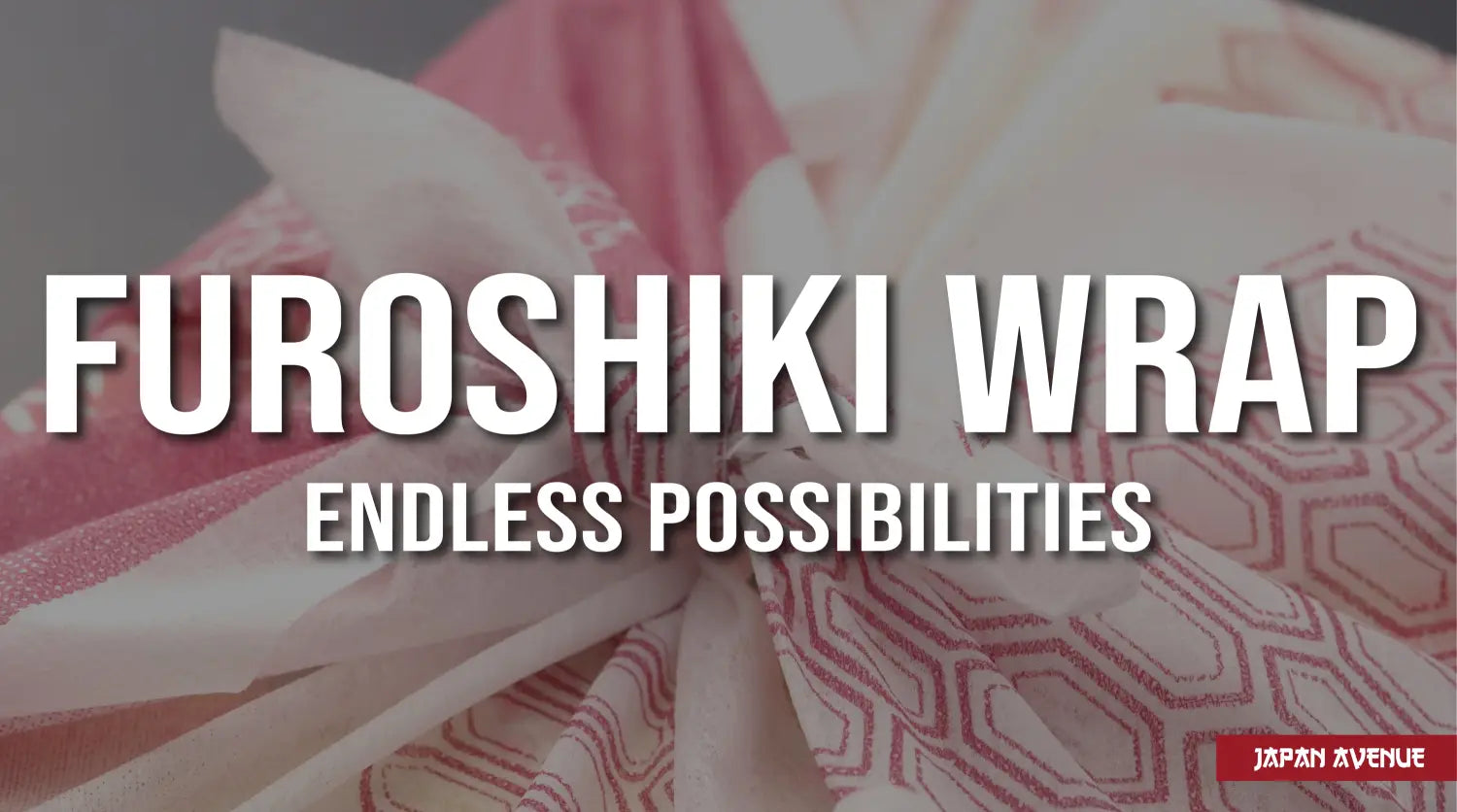In the Land of the Rising Sun, green tea is the most popular drink and is consumed daily as a hot or cold drink. This ingredient is also found in many culinary specialties and pastries. From its culture to its consumption, this beverage is infused with Zen Buddhism. Discover all about the art of tea in Japan!
🙋♂️ Why do Japanese people drink so much tea?

Woodblock print by Kitao Shigemasa, [between 1772 and 1776].
In Japan, tea is an essential beverage that is totally embedded in Japanese culture. It is consumed during meals and throughout the day. Moreover, this infusion is often offered at will in restaurants instead of water.
A drink rooted in tradition
Tea culture was introduced to Japan around the 8th century by Buddhist monks who returned from China. The monks Saicho and Kukai were among them. In 805, Saicho is said to have planted tea seeds from his trip at the foot of Mount Hiei. The history of Nihon koki refers to the monk Eichu. Eichu is said to have brought the tea culture from China and proposed this beverage to the emperor Saga. The consumption of this rare beverage was then reserved to the nobility and the tea tree was cultivated in the gardens of the imperial palace to serve during religious ceremonies.

During the Kamakura period, a certain monk named Eisai, founder of Rinzai Buddhism, wrote Kissa Yojoki, a book about the medicinal virtues of tea. Tea plantations spread in Japan, especially in the Kyoto area and the beverage became the drink of Zen monks and samurais. In the 15th century, Uji tea was considered the best in the country. While tea competitions (tocha) became very popular, the practices were decried.
Shortly before the Muromachi period, a new art appeared mixing aestheticism and spirituality to this refined drink: the tea ceremony called chado or chanoyu. The latter was codified in the 16th century by the great Japanese tea master Son no Rikyu. During this time, the beverage gradually reached all social classes. During the Edo period, brewed tea was democratized, but remained a rare commodity. It is only in the 20th century that this beverage became an everyday drink, thanks to the development of industrialization and mechanized harvesting.
The benefits of Japanese tea
In Japan, life expectancy beats all records. If the country has so many centenarians, it may be due to the high consumption of green tea. Indeed, Japanese tea has many health benefits thanks to the catechins it contains. These polyphenols of the flavonoid family are very beneficial for health. They are present in tea plants from the Camellia Sinensis. Contrary to black teas which have been entirely fermented, green tea remains very pure. Thus, the body fully benefits from its advantages.
This natural anti-oxidant will help cells to fight against oxidative stress responsible for aging and certain diseases. Thus drinking tea helps to prevent the risk of diabetes, hypertension and cancer in addition to a healthy lifestyle. But that's not all, this ancestral drink regulates the absorption of fats, thus helping to maintain a healthy figure. Moreover, Japanese tea would have virtues on the spirit. It would soothe the mind and increase concentration while maintaining alertness. That's why Buddhist monks use it for meditation.
🍵 How to drink tea in Japan?

An organic tea is a guarantee of quality as long as it has been cultivated at high altitudes, with good weather conditions, harvested at the right time and carefully manufactured during the different stages (drying, grinding....). The preparation of this hot beverage also plays an important role both in terms of taste and health benefits. The temperature and volume of water, the quantity of leaves and the infusion time are determining factors that will vary according to the variety.
Some teas that are rich in theines, such as gyokuro, are best consumed in the morning, while others, such as sencha, are drunk with meals or during the day. In the evening, Japanese people prefer less stimulating teas like bancha or genmaicha. Matcha is drunk once or twice a week or even on a daily basis. Whereas sincha is consumed in cure.
Although the Japanese often drink tea instead of water, it is preferable to consume this beverage outside of meals so as not to limit the absorption of iron. Also, tea is accused of reducing the effectiveness of certain medications. We limit to a maximum of 5 cups per day to avoid undesirable effects such as sleep disorders, for example. Of course, this recommendation is variable according to the sensitivity of each. For a good conservation, we put the tea in a hermetic and opaque tea box to protect the leaves from moisture and light. The canister should be stored in a cool, dry place. Green tea can be stored for a few months, but no longer than one year, in order to maintain its quality. Matcha tea should be stored in the refrigerator preferably and used quickly.
💙 What is the best Japanese green tea?
The tea will be chosen based on the flavors you enjoy and the medicinal properties. Here are some popular teas in Japan:
Sencha, the most consumed green tea
 Sencha stands for brewed tea and is very appreciated by Japanese people for its fresh and vegetal taste. It can be sweet or bitter depending on its origin. Although it is not well known abroad, this steamed tea is the most widespread in Japan. We can even find it in cans. This variety alone represents 80% of the harvest. Sencha plants also produce shincha tea, from the first harvest.
Sencha stands for brewed tea and is very appreciated by Japanese people for its fresh and vegetal taste. It can be sweet or bitter depending on its origin. Although it is not well known abroad, this steamed tea is the most widespread in Japan. We can even find it in cans. This variety alone represents 80% of the harvest. Sencha plants also produce shincha tea, from the first harvest.
Bancha, the ordinary tea

Bancha is a tea particularly appreciated by the Japanese because of its medicinal virtues. Rich in minerals, it helps to rebuild the intestinal flora. Unlike sencha, bancha tea is made from the last harvest. These older leaves give it a very acid taste. It contains little caffeine and helps digestion.

Gyokuro, the most searched
 This is a superior "shaded" tea, known for its umani flavor. To obtain subtle notes and reduce bitterness, the young shoots and buds were deprived of sunlight for 2 to 3 weeks before harvest. The shading technique consists in covering the tea bushes with rice straw or openwork cloths.
This is a superior "shaded" tea, known for its umani flavor. To obtain subtle notes and reduce bitterness, the young shoots and buds were deprived of sunlight for 2 to 3 weeks before harvest. The shading technique consists in covering the tea bushes with rice straw or openwork cloths.
Matcha, for the Tea Ceremony

Originally from China, the matcha tea is a very noble traditional tea in Japan. Like Gyokuro, it has been deprived of light. It is made with dried tencha (leaves from which the veins have been removed). These are crushed to obtain a very fine powder. Matcha tea has a very particular preparation. It is mixed with hot water using a small bamboo whisk called chasen. Its taste is strong and its conservation fragile.

Genmaicha, the tea with puffed rice

Originally genmaicha tea was the drink of the working classes. It is a tea made with bancha or sencha leaves blended with puffed rice. This popular tea has a nutty taste.

Hojicha, the most recent tea
 Meaning "roasted tea" in Japanese, this is a roasted green tea made from sencha, bancha or kukicha. The roasted leaves give it a caramelized taste. This cheap tea contains little theine and goes very well with raw fish dishes.
Meaning "roasted tea" in Japanese, this is a roasted green tea made from sencha, bancha or kukicha. The roasted leaves give it a caramelized taste. This cheap tea contains little theine and goes very well with raw fish dishes.
Kukicha, to drink all day long
 Light in theine, this assortment of green tea, mainly composed of stems, can be consumed all day long. Its taste is fresh and iodized.
Light in theine, this assortment of green tea, mainly composed of stems, can be consumed all day long. Its taste is fresh and iodized.
Oolongcha, a tea to start with
 The Oolongcha variety has not undergone complete oxidation, which makes it a good compromise to ejoy the herbaceous flavors of Japanese tea.
The Oolongcha variety has not undergone complete oxidation, which makes it a good compromise to ejoy the herbaceous flavors of Japanese tea.
Sanpincha, the green tea with jasmine
 With its floral and powerful flavors, and its many nutrients, Sapincha is very much appreciated in the Okinawa region.
With its floral and powerful flavors, and its many nutrients, Sapincha is very much appreciated in the Okinawa region.
🫖 How to make a delicious Japanese tea at home?
As we have seen, the preparation of tea greatly affects its flavor. In addition, each variety has its own recommendations. Want to enjoy all the flavors and benefits of this delicious drink? Here are some tips on how to make a real Japanese tea according to the rules of the art.

Tea quantity
First of all, we put the tea in a traditional teapot (kyusu). The quantity of leaves and water varies. For sencha we advise 2 to 3 gr of leaves in 60 to 90ml of water/person while gyokuro requires about 3g in 20ml of water for a very concentrated taste. The bancha should be much more diluted.
Temperature of the water
We heat the water in a pot (or a kettle) at 90°. In order to cool this water, we pour it into a tea cup or a yuzamushi and wait one minute before pouring it into the teapot. This way we obtain a temperature of about 80°C, ideal for sencha tea for example. By repeating this operation several times, you can adjust the temperature according to the recommendations. For example, the recommended temperature for Gyokuro tea is 50°-60°C, so this transfer should be done three times. Bancha and Hojicha tea are brewed in boiling water.
Infusion time
Depending on the type of tea and the taste preferences, the tea is left to brew for a few seconds to three minutes (about 2 minutes for Gyokuro and high end sencha, 1 minute for standard sencha and barely 30 seconds for Hojicha and Bancha). Then, we fill the cups little by little, passing from one to the other in order to have the same intensity. It is possible to brew several times, except for the Genmaicha.
More than just an ancestral drink, the preparation and tasting of tea represent a real art in the Japanese culture. A true moment of relaxation where time stops - learn to savor this refined beverage.

